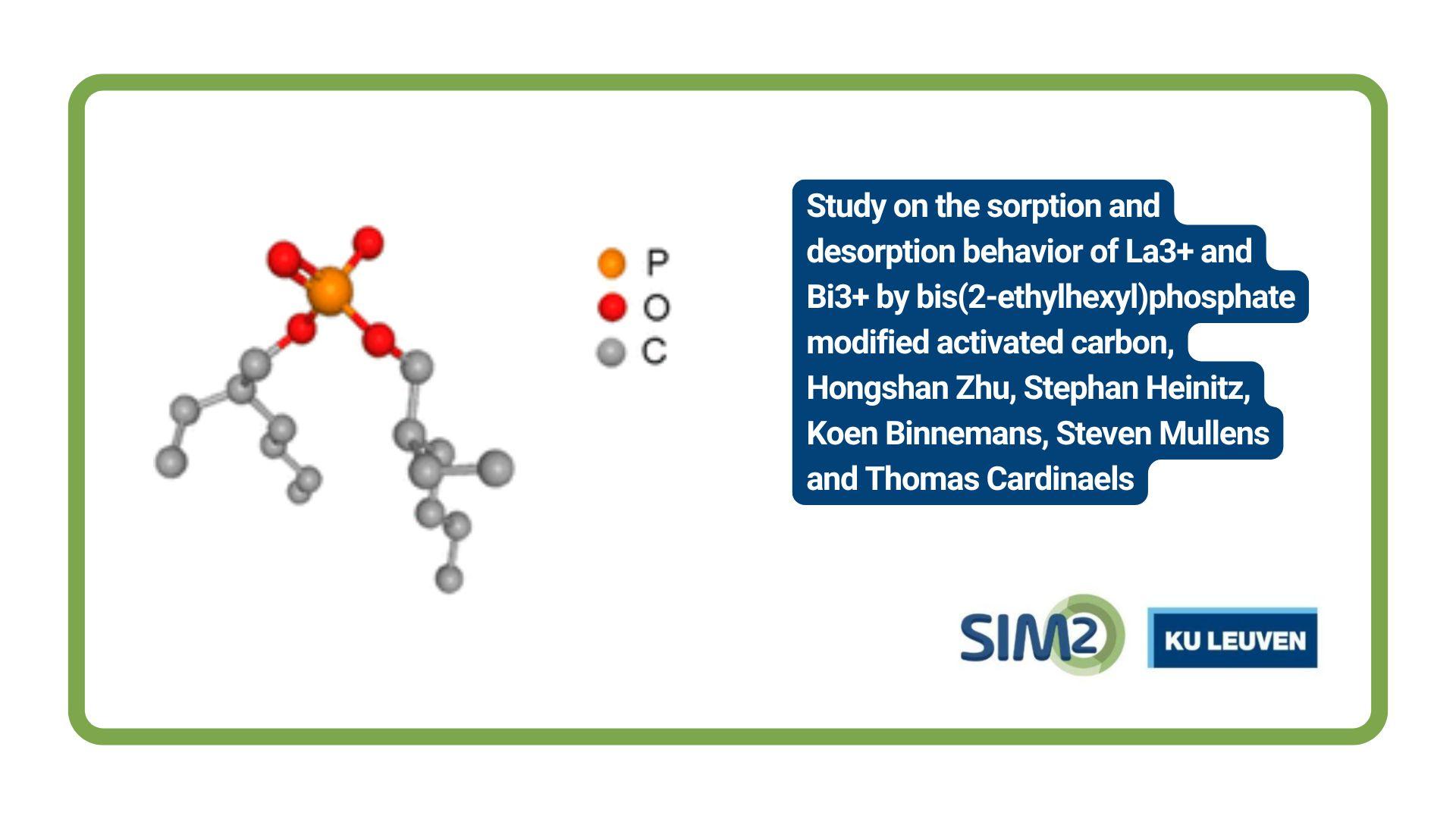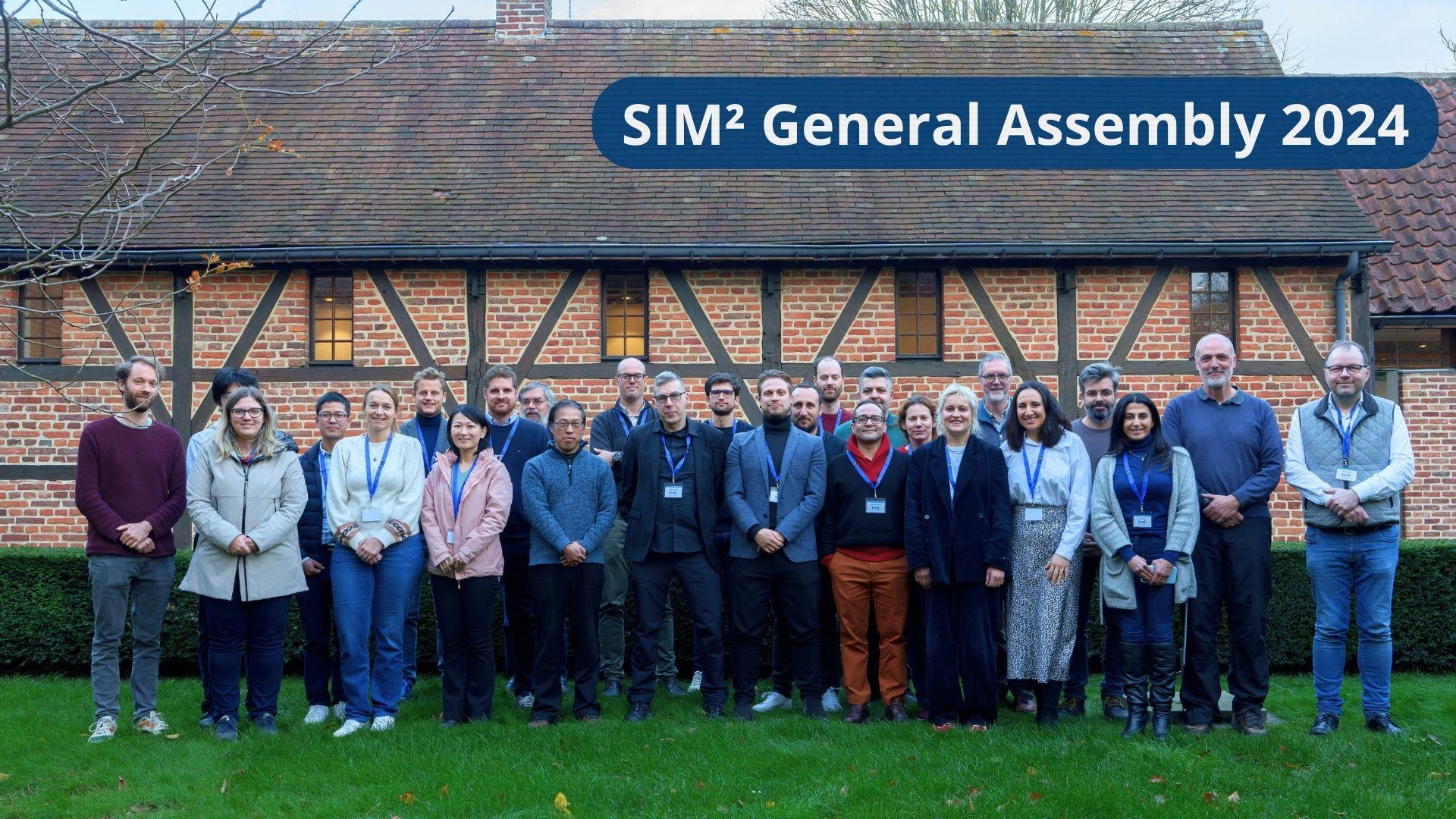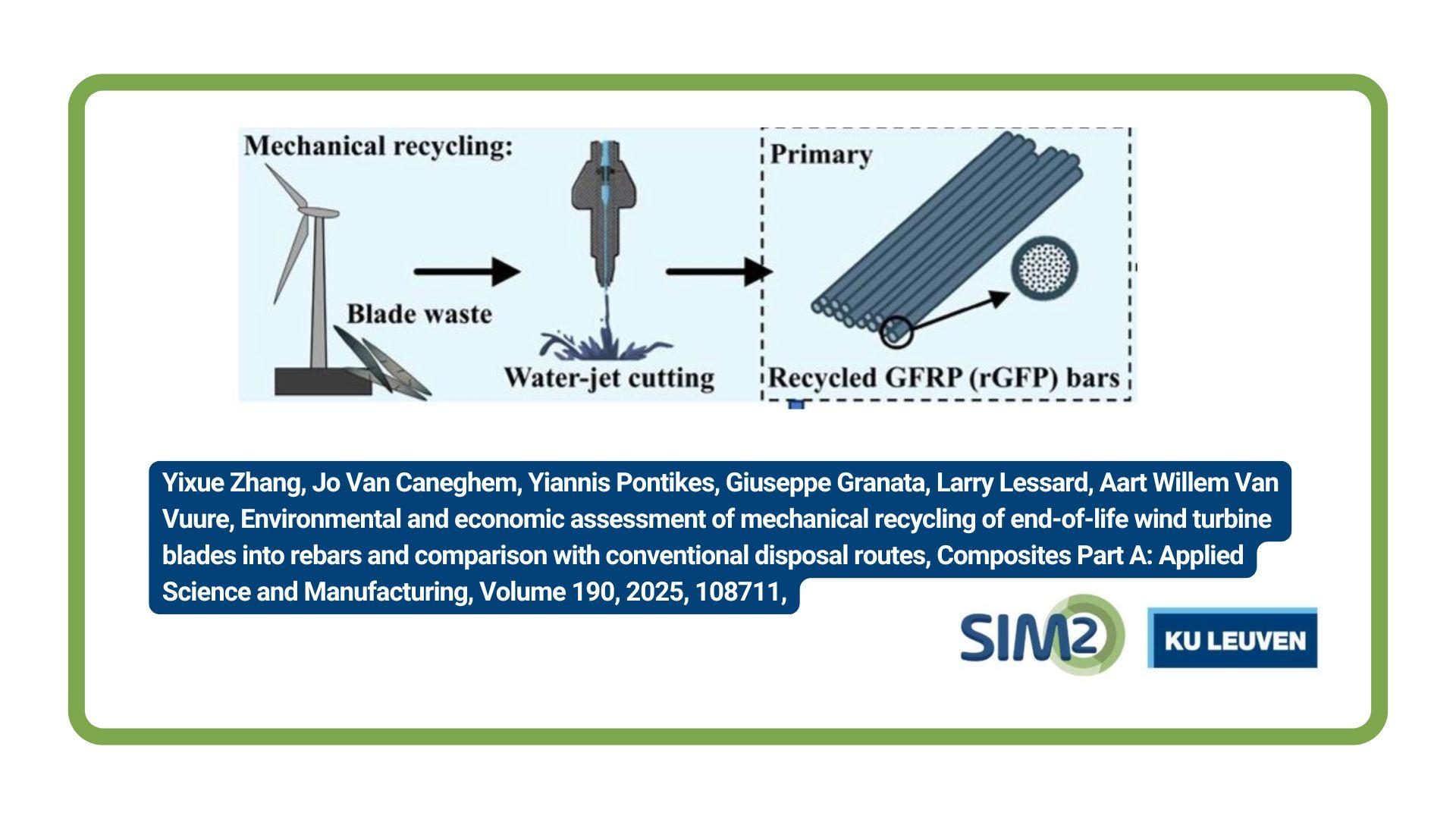How sustainable is artisanal cobalt mining in DR Congo? That’s the research question which was addressed in a Nature Sustainability paper by a group of researchers of the University of Lubumbashi in collaboration with a team from KU Leuven. The study investigated the health impacts of the local cobalt mining activity and concluded that a more sustainable cobalt supply chain, as targeted in the EU project CROCODILE, is urgently required. As the Nature Sustainability paper shows, assessing the health and environmental impacts of primary mining activities remains essential. A follow-up study will soon be published in The Lancet Planetary Health. This type of work will be, as of April 2020, fully integrated into the research activities of the new KU Leuven Institute for Sustainable Metals and Minerals (SIM² KU Leuven). Under the leadership of Prof. Erik Smolders a flagship research topic on the “Risk assessment of metals and metalloids in the environment”, with a particular focus on cadmium and cobalt, is initiated.
The sustainability of cobalt is an important emerging issue because this critical base metal is an essential component of lithium-ion NMC batteries. The latter represent the technology of choice for both electric vehicles and stationary renewable energy storage (RES), which are key enablers for the transition to a climate neutral economy, as also targeted by the European Commission (cf. The European Green Deal; EC,COM(2019)176).
But where does this cobalt come from?
Currently, the EU imports about 65% of its cobalt (approximately 10,000 tonnes/year) from geopolitically unstable countries such as the Democratic Republic of the Congo (DRC), Zambia or Central African Republic. Only 35% is produced from secondary sources, such as the recycling of spent batteries, super-alloys and hard metals. What makes matters worse is that a substantial fraction of the cobalt mining in DR Congo is performed by artisanal mining (estimated at 15–20%), which comes at a huge environmental and health cost.
Artisanal mining in DR Congo
In a publication of 2018 in Nature Sustainability, a group of researchers of the University of Lubumbashi, in collaboration with a team from KU Leuven, including a SIM² KU Leuven member Erik Smolders, showed that people living in a neighbourhood in the town of Kolwezi that had been transformed into an artisanal cobalt mine, had much higher levels of cobalt in their urine and blood than people living in a nearby control area.
The differences were most pronounced for children, in whom we also found evidence of exposure-related oxidative DNA damage. It was already known that industrial mining and processing of metals has led to severe environmental pollution in the region.
This field study provides novel and robust empirical evidence that the artisanal extraction of cobalt that prevails in the DR Congo may cause toxic harm to vulnerable communities. This strengthens the conclusion that the currently existing cobalt supply chain is not sustainable and more sustainable metallurgical flowsheets are urgently required. Luckily, in projects like EU CROCODILE, efforts are being made to develop such solutions. There is still, however, a long way to go.
Full reference
Banza Lubaba Nkulu, C., Casas, L., Haufroid, V., De Putter, T., Saenen, N.D., Kayembe-Kitenge, T., Musa Obadia, P., Kyanika Wa Mukoma, D., Lunda Ilunga, J.-M., Nawrot, T.S., Luboya Numbi, O., Smolders, E. & Nemery, B. 2018. Sustainability of artisanal mining of cobalt in DR Congo. Nature Sustainability, 1, 495–504, http://www.nature.com/articles/s41893-018-0139-4.
Want to know more about SIM² KU Leuven’s risk assessment work in this area?
 Since March 2020, the KU Leuven Institute for Sustainable Metals and Minerals comprises a flagship research topic on the “Risk assessment of metals and metalloids in the environment”. The environmental risk of metals and metalloids is controlled by the speciation of these compounds. This means that total concentrations are only poor indicators of risk. SIM² KU Leuven performs the risk assessment of metals and metalloids in the environment and in the food chain. The assessments can be desk-top based or use environmental monitoring and testing of speciation and toxicity. The risk assessments can be generic, e.g. for REACH or CLP, can be regional based, i.e. defining clean-up limits and can be site specific, i.e. at mine sites, landfills, waste treatment or in workplaces. For more information, please contact Prof. Erik Smolders.
Since March 2020, the KU Leuven Institute for Sustainable Metals and Minerals comprises a flagship research topic on the “Risk assessment of metals and metalloids in the environment”. The environmental risk of metals and metalloids is controlled by the speciation of these compounds. This means that total concentrations are only poor indicators of risk. SIM² KU Leuven performs the risk assessment of metals and metalloids in the environment and in the food chain. The assessments can be desk-top based or use environmental monitoring and testing of speciation and toxicity. The risk assessments can be generic, e.g. for REACH or CLP, can be regional based, i.e. defining clean-up limits and can be site specific, i.e. at mine sites, landfills, waste treatment or in workplaces. For more information, please contact Prof. Erik Smolders.
Want to know more about EU CROCODILE?
 The EU Horizon CROCODILE project (GA 776473) will showcase innovative metallurgical systems based on advanced pyro-, hydro-, bio-, iono- and electrometallurgy technologies for the recovery of cobalt and the production of cobalt metal and upstream products from a wide variety of secondary and primary European resources. CROCODILE will demonstrate the synergetic approaches and the integration of the innovative metallurgical systems within existing recovery processes of cobalt from primary and secondary sources at different locations in Europe, to enhance their efficiency, improve their economic and environmental values, and will provide a zero-waste strategy for important waste streams rich in cobalt such as batteries. Read more about CROCODILE here.
The EU Horizon CROCODILE project (GA 776473) will showcase innovative metallurgical systems based on advanced pyro-, hydro-, bio-, iono- and electrometallurgy technologies for the recovery of cobalt and the production of cobalt metal and upstream products from a wide variety of secondary and primary European resources. CROCODILE will demonstrate the synergetic approaches and the integration of the innovative metallurgical systems within existing recovery processes of cobalt from primary and secondary sources at different locations in Europe, to enhance their efficiency, improve their economic and environmental values, and will provide a zero-waste strategy for important waste streams rich in cobalt such as batteries. Read more about CROCODILE here.





